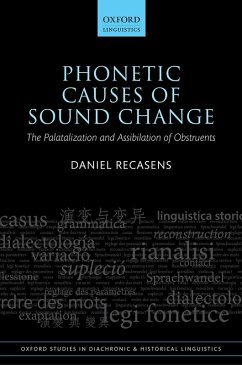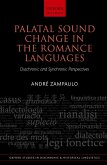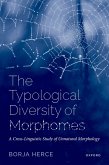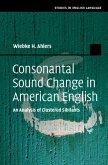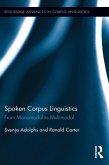This book provides an integrated account of the phonetic causes of the diachronic processes of palatalization and assibilation of velar and labial stops and labiodental fricatives, as well as the palatalization and affrication of dentoalveolar stops. While previous studies have been concerned with the typology of sound inventories and of the processes of palatalization and assibilation, this volume not only deals with the typological patterns but also outlines the articulatory and acoustic causes of these sound changes. In his articulation-based account, Daniel Recasens argues that the affricate and fricative outcomes of these changes developed via an intermediate stage, namely an (alveolo)palatal stop with varying degrees of closure fronting. Particular emphasis is placed on the one-to-many relationship between the input and output consonant realizations, on the acoustic cues that contribute to the implementation of these sound changes, and on the contextual, positional, and prosodic conditions that most favour their development. The analysis is based on extensive data from a wide range of language families, including Romance, Bantu, Slavic, and Germanic, and draws on a variety of sources, such as linguistic atlases, articulatory and acoustic studies, and phoneme identification tests.
Dieser Download kann aus rechtlichen Gründen nur mit Rechnungsadresse in A, B, BG, CY, CZ, D, DK, EW, E, FIN, F, GR, HR, H, IRL, I, LT, L, LR, M, NL, PL, P, R, S, SLO, SK ausgeliefert werden.

